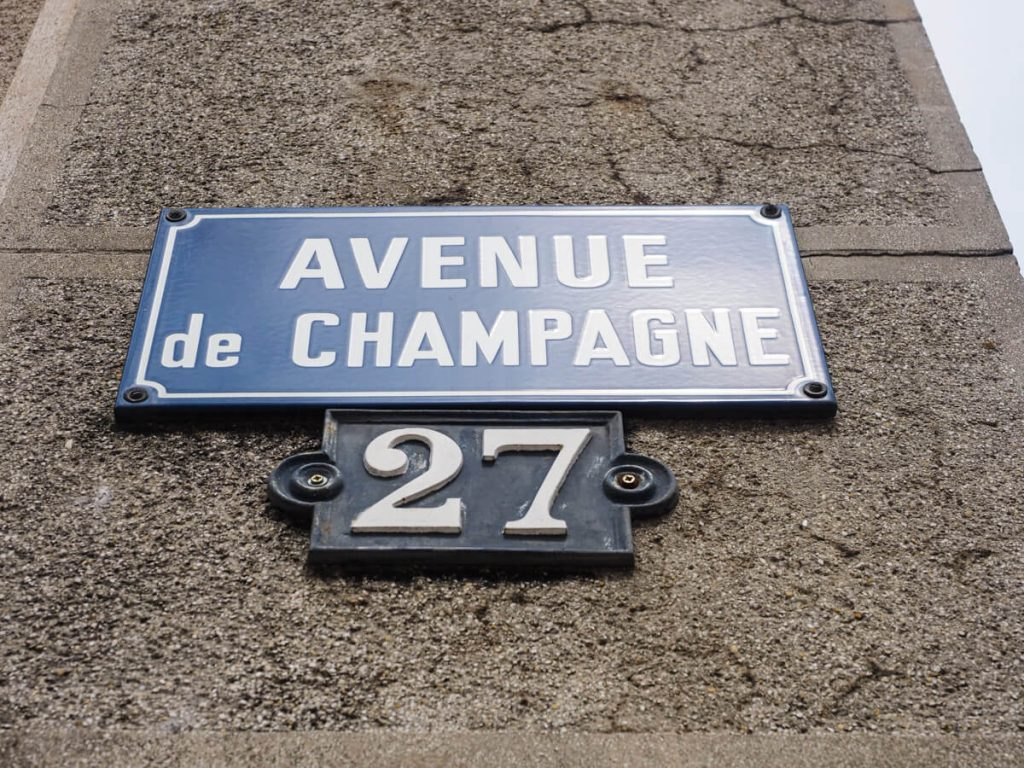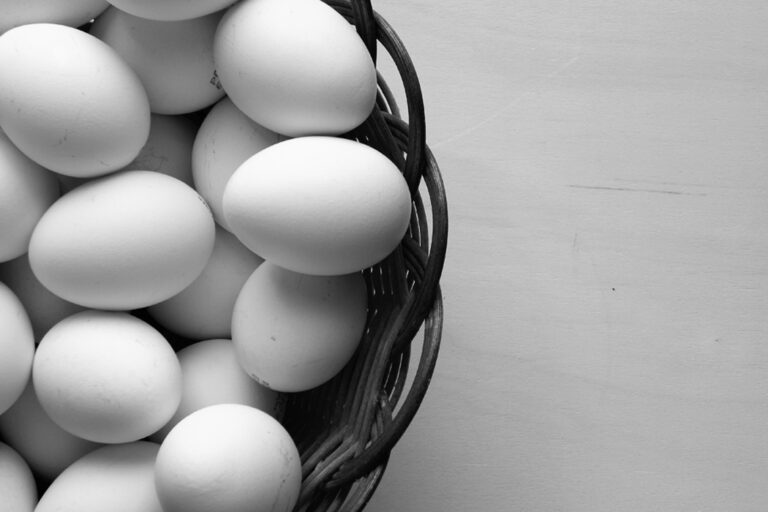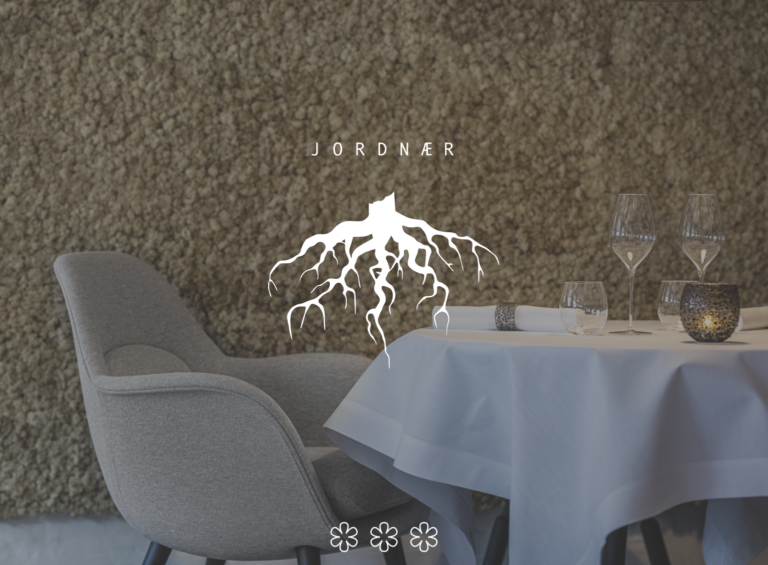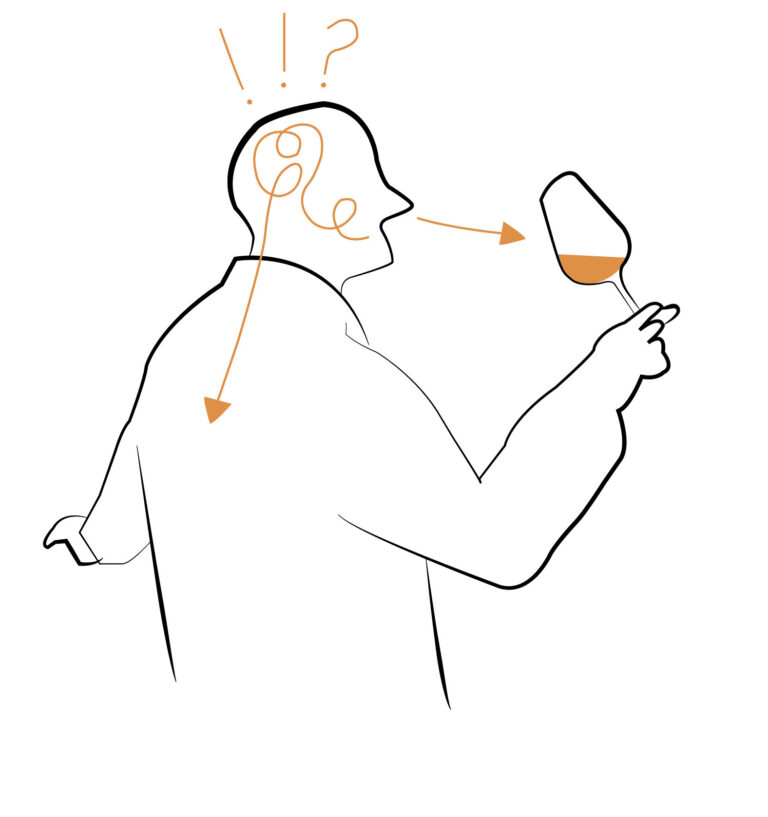Avenue de Champagne in Épernay stands as a testament to the rich heritage and enduring legacy of the Champagne industry. [read the full champagne story]
Estimated reading time: 4 minutes

Stretching over 1.5 kilometers, this illustrious avenue is adorned with grand mansions, historic Champagne houses, and extensive underground cellars, making it a focal point for connoisseurs and tourists alike.
Historical Significance
Originally known as the Avenue de Commerce, the Avenue de Champagne has been central to Épernay’s viticultural prominence since the 18th century. The establishment of pioneering Champagne producers along this boulevard marked the beginning of its transformation into a hub of sparkling wine excellence. The arrival of the railway further amplified its significance, facilitating trade and inspiring the construction of opulent properties that mirrored the prosperity of the Champagne industry.
The avenue’s strategic location also played a role in historical events. Notably, in 1807, Napoleon Bonaparte visited Jean-Rémy Moët, the founder of Moët & Chandon, at his residence on this very street, underscoring its prominence during that era.
Architectural Marvels
The Avenue de Champagne is lined with architectural masterpieces that reflect various styles, including Renaissance and Classical influences. Notable edifices such as the City Hall, Tour de Castellane, and Château Perrier are recognized as historic monuments. These structures not only serve as visual delights but also narrate the story of the Champagne trade’s evolution over centuries.
Subterranean Treasures
Beneath the surface, the avenue conceals approximately 110 kilometers of cellars and galleries carved into the chalk soil. These subterranean labyrinths house nearly 200 million bottles of Champagne, aging gracefully in optimal conditions. Some of these bottles are considered treasures due to their age and rarity, offering a glimpse into the meticulous craftsmanship of Champagne production.

UNESCO World Heritage Recognition
In July 2015, the “Slopes, Houses & Cellars of Champagne,” with the Avenue de Champagne as a core component, were inscribed as a UNESCO World Heritage Site. This acknowledgment underscores the avenue’s integral role in the cultural and historical tapestry of the Champagne region.
Contemporary Attractions
Today, the Avenue de Champagne seamlessly blends its rich history with modern attractions:
• Champagne Houses: Prestigious names such as Moët & Chandon, Perrier-Jouët, and De Venoge offer guided tours and tastings, allowing visitors to immerse themselves in the art of Champagne making.
• Museum of Champagne Wine and Regional Archaeology: Housed in the Château Perrier, this museum presents an extensive collection that chronicles the region’s archaeological and viticultural history.
• Events: The avenue hosts annual events like the “Habits de Lumière” in December and the “Soirée Blanche” on July 14th, celebrating the Champagne lifestyle with festivities that attract visitors worldwide.
Visiting the Avenue
Easily accessible, the Avenue de Champagne invites exploration on foot, by bicycle, or even via a tourist train. For a unique perspective, visitors can ascend in a tethered balloon to view the avenue and its surroundings from 150 meters above ground.
In essence, the Avenue de Champagne in Épernay offers a harmonious blend of historical depth, architectural splendor, and contemporary vibrancy. It stands as a living monument to the Champagne industry’s artisanship and innovation, inviting all who traverse its length to partake in its effervescent legacy.

Below is a list of Champagne houses located along this iconic boulevard:
• Les 3 Domaines: 1 Avenue de Champagne
• Champagne Collard-Picard: 15 Avenue de Champagne
• Champagne Moët & Chandon: 20 Avenue de Champagne
• Champagne Esterlin: 25 Avenue de Champagne
• Champagne Leclerc Briant: 25 bis Avenue de Champagne
• Champagne Perrier-Jouët: 28 Avenue de Champagne
• Champagne Pol Roger: 34 Avenue de Champagne
• Champagne A. Bergère: 40 Avenue de Champagne
• Champagne Michel Gonet: 37 Avenue de Champagne
• Champagne Boizel: 46 Avenue de Champagne
• Champagne De Venoge: 33 Avenue de Champagne
• Champagne Paul-Etienne Saint Germain: 51 Avenue de Champagne
• Champagne De Castellane: 57 Rue de Verdun (adjacent to Avenue de Champagne)
• Champagne Elodie D.: 73 Avenue de Champagne
• Champagne Mercier: 68-70 Avenue de Champagne
• Champagne Comtesse Lafond: 79 Avenue de Champagne
These esteemed establishments offer visitors a blend of historical significance, architectural beauty, and the opportunity to experience the art of Champagne production firsthand.





